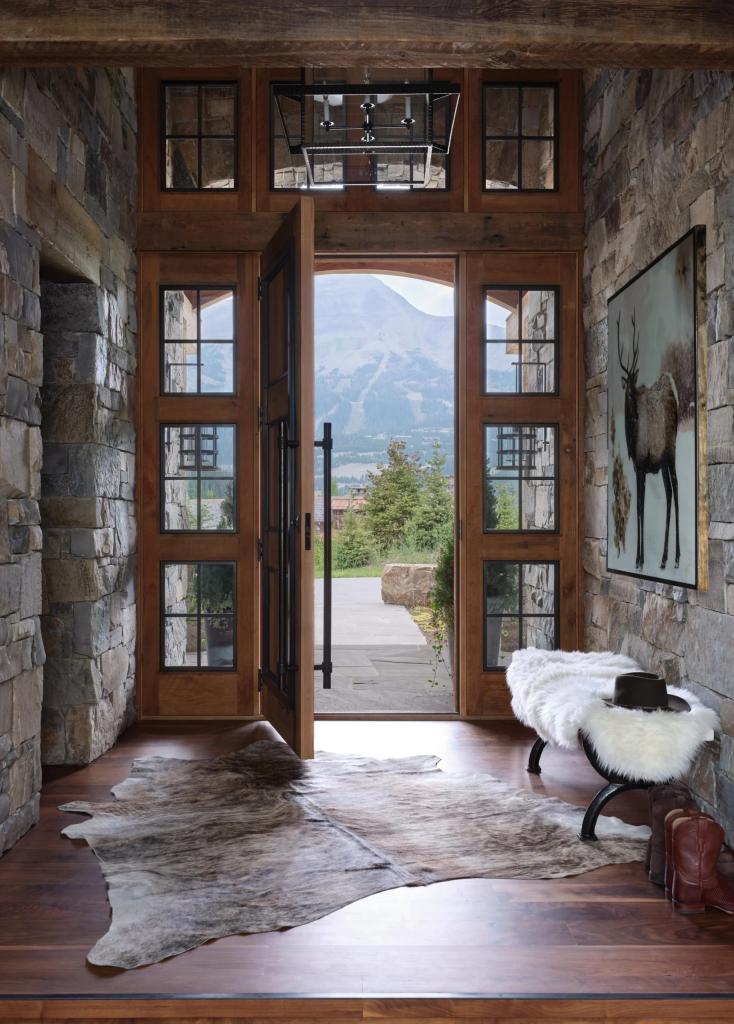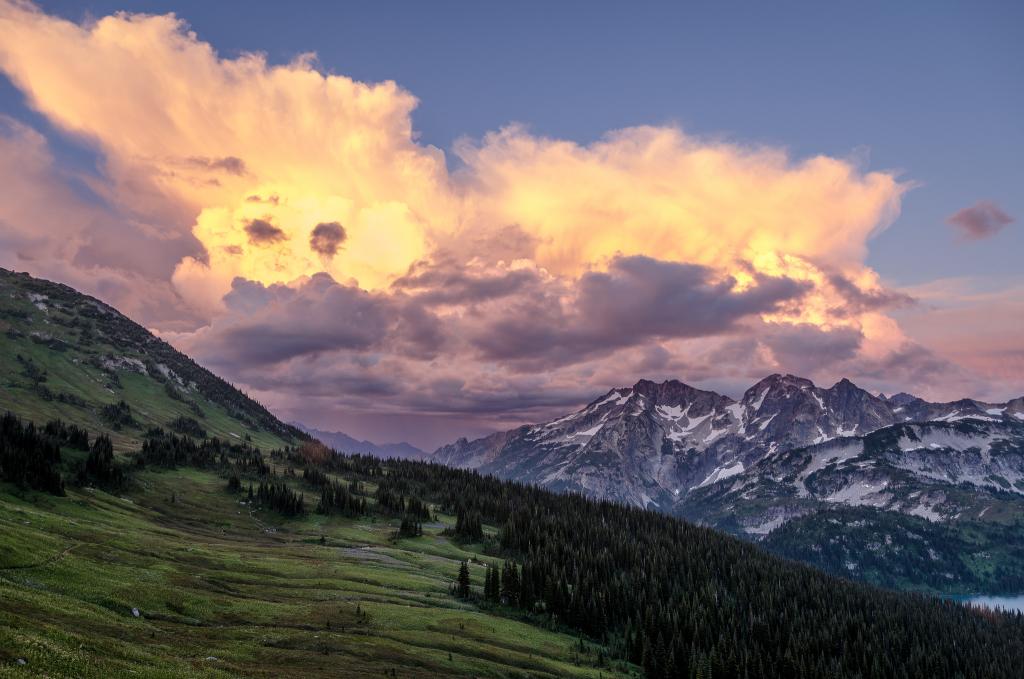Estimated reading time: 7 minutes

Owning property in a mountain region brings unmatched access to panoramic views, solitude, and invigorating climates. But living at high altitude comes with physiological demands and environmental nuances that merit thoughtful adjustment. Whether in the Adirondacks of the Upper East, the Blue Ridge of the Southeast, or the Sierra Nevadas of California, acclimating to altitude is essential for optimizing health, performance, and enjoyment of the terrain. Even seasoned mountain enthusiasts can overlook altitude’s long-term effects, from increased dehydration to reduced oxygen availability. These effects can influence everything from sleep quality to metabolic rate and mood.
Adaptation strategies go beyond just hydration and sunscreen. True high-altitude living—especially for homeowners committed to year-round stays or frequent visits—requires smart planning, lifestyle modifications, and proactive well-being habits. What works in the Wasatch Range of the West might differ slightly from tactics in the rainier elevations of the Pacific Northwest. Still, specific strategies remain broadly effective across regions. Below are seven of the best ideas for living well in high-altitude mountain regions of the U.S. Each offers practical insight into maintaining health and maximizing the mountain lifestyle.
Gradual Acclimatization

Whether your mountain home is in the Rockies of Colorado or the Black Mountains of North Carolina, adjusting gradually to higher altitudes is key. The air pressure and oxygen availability decrease significantly above 5,000 feet. If transitioning from sea level, spend a few days at mid-altitude before settling into your higher-elevation home. For example, flying into Denver before heading to Telluride gives your body time to adapt.
Acclimatization allows for more efficient oxygen usage, reducing symptoms like fatigue and headaches. Wearable fitness trackers should be used to monitor resting heart rate—an elevated baseline often signals incomplete adaptation. For seasonal transitions, homeowners in Upper East or Mid-Atlantic mountain areas can benefit from slow elevation gain during road trips instead of flying in directly. Plus, you’ll experience a scenic road trip through the mountains that is worthy of the drive time.
Adapt Your Hydration and Diet Strategically

At high altitude, the body loses fluids faster due to increased respiration and lower humidity—something particularly noticeable in the dry climates of the Western and Northern mountain regions. Drinking water regularly isn’t enough; electrolytes matter too. Incorporate broths, coconut water, or hydration powders into your daily intake. In the Pacific Northwest or higher elevations in California, where humidity levels may be variable, hydration strategies should still account for elevated respiratory water loss.
Diet also plays a role. High-altitude living increases caloric burn. Prioritize complex carbs for sustainable energy—think oats, sweet potatoes, and whole grains—and integrate iron-rich foods to support oxygen transport in the blood. Altitude can also blunt appetite, so schedule meals and snacks proactively, especially in more extreme elevations.
Sleep Optimization Techniques

Sleep disturbances are common at altitude due to changes in breathing patterns and reduced oxygen levels. This is true whether you’re in Montana’s mountainous north or the peaks above Lake Tahoe. Use oxygen saturation monitors to track overnight drops, especially if you notice frequent waking or morning fatigue. Although rarely needed for moderate elevations, supplemental oxygen systems can be helpful at 9,000 feet and above. Home air purifiers and humidifiers more commonly reduce dryness and improve breathing quality during sleep. Weighted blankets, circadian light systems, and elevation-appropriate blackout curtains also help maintain regular sleep patterns in areas with dramatic seasonal daylight shifts, such as the Cascades or the White Mountains.
Train for Altitude-Specific Fitness

Physical exertion requires more effort at higher altitudes, and for those with active lifestyles—whether hiking, trail running, or skiing—altitude-aware fitness strategies are crucial. Begin workouts at lower intensity and gradually increase load as your VO₂ max (maximum volume of oxygen your body can utilize during exercise) adapts to the thinner air. Interval training is especially effective, mirroring the stop-and-go exertion common in mountain activities.
In Southeast and Mid-Atlantic mountain regions, humidity can mask fatigue, so using heart rate monitoring helps avoid overtraining. Resistance training is also essential for preserving muscle mass, which can decline in oxygen-scarce environments. Flexibility and breathwork routines—such as yoga, guided breathing, and mobility drills—enhance both performance and recovery, especially in the drier climates of New Mexico and Eastern Oregon.
Rethink Skin and Eye Protection Year-Round

UV exposure increases approximately 10% for every 1,000 feet of elevation, making your skin and eyes more vulnerable, even during cloud cover. Mountain regions from Vermont to Washington experience varied sun conditions, but all require protective habits. Choose mineral-based sunscreens with zinc oxide, wear UV-rated sunglasses with side coverage, and consider tinted lenses to reduce glare on snow and water. Lip balms with SPF and high-moisture lotions should be part of your daily routine. In higher altitudes of California, where sun exposure is intense and prolonged, exterior upgrades like UV-protective window films and overhangs add another layer of defense.
Adjust Indoor Air Quality and Ventilation

Many mountain homes—especially those built in earlier decades in the Upper East or Northern regions—suffer from airtight insulation that doesn’t pair well with thinner air and poor circulation. High-quality ventilation systems with HEPA filtration improve oxygen flow and minimize indoor pollutants, which can aggravate symptoms of altitude discomfort. Consider installing energy recovery ventilators (ERVs) that exchange indoor and outdoor air efficiently without significant heat loss—a wise choice for colder mountain areas like the Cascades or Colorado Front Range. Incorporating indoor plants that thrive in mountain conditions (like peace lilies or spider plants) can help stabilize humidity and air quality indoors.
Respect Seasonal and Altitude-Specific Weather Shifts

Mountain weather is notoriously volatile, with rapid changes in temperature, wind, and precipitation, especially in regions like the Sierra Nevada or Appalachian ranges. High altitude magnifies these shifts, making preparation and adaptability a necessity, not a convenience. Develop region-specific seasonal checklists: in the Southeast, focus on moisture control and mold mitigation; in drier Western ranges, prep for wildfire risk with defensible space landscaping. Invest in versatile outerwear, multi-fuel backup power systems, and smart home automation that monitors climate conditions remotely. Even fitness and wellness routines should flex seasonally—what works in the temperate summer of the Pacific Northwest may not apply during a January whiteout in the Rockies.
Living well in mountain environments requires more than just an appreciation for elevation and scenic backdrops—it demands ongoing adaptation. By refining how you hydrate, train, sleep, and prepare your home, you can embrace altitude not as a challenge, but as a defining feature of an intentional and rewarding lifestyle. With the right strategies tailored to your specific region—whether tucked into the Appalachians or perched along California’s high ridgelines—you’ll experience your mountain property with greater comfort, energy, and resilience. For more on living your best mountain life, visit Mountain Homes Lifestyles.

